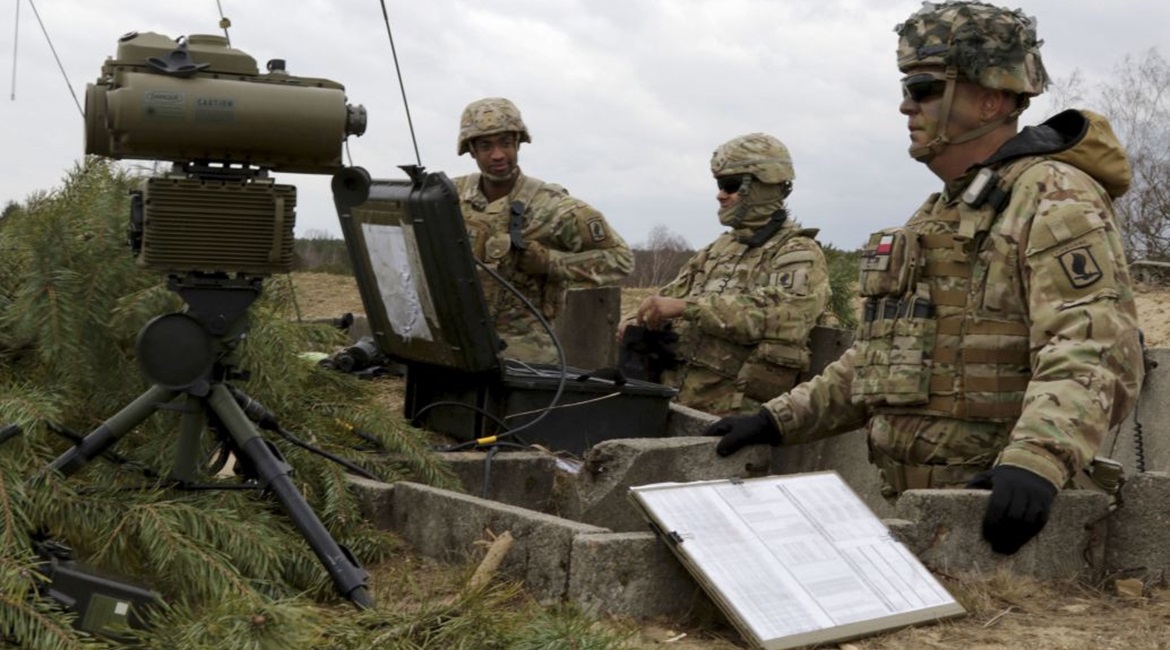
US Army officials are preparing to implement a full-scale experimentation plan for new ground stations designed for the Tactical Intelligence Targeting Access Node (TITAN) programme, with service leaders anticipating development of a full-on TITAN ground station by 2022.
The TITAN ground station platform, as envisioned, will consolidate functionalities of several legacy fixed and mobile ground stations, and then fuse the collected data from various ground, aerial, and space-based sensors into a single station, according to Willie Nelson, director of the army’s Assured Positioning, Navigation, and Timing/Space Cross-Functional Team (APNT/Space CFT). That capability will also be scalable to support all echelons from brigade to division, Nelson added.
Once functional, the technologies within the ground station will be able to collect, curate, fuse, and disseminate collected data across domains – including satellite constellations – and provide target data for long-range fire support missions. Theoretically, army long-range artillery units will be able to leverage targeting co-ordinates gathered in space to locate and terminate battlefield threats. This deep-targeting capability is one of several key capabilities that army leaders are pursuing, as part of the army’s Multi-Domain Operations 2028 concept.

Soldiers with the 173rd Infantry Brigade Combat Team conduct long-range fire exercises during joint US-EU military drills in Poland. (US Army )
“We are finding ways to use multiple sensors at multiple altitudes, to include airborne high-altitude [sensors] even in space, and be able to fuse that data in a positive way … and infuse that data, very rapidly, is really where the secret sauce is,” Nelson said of the ongoing TITAN ground station development effort. “Every time we have to stop and analyse something [equals] time, it increases the room for error and slows down the overall process,” he added.
Looking to read the full article?
Gain unlimited access to Janes news and more...




